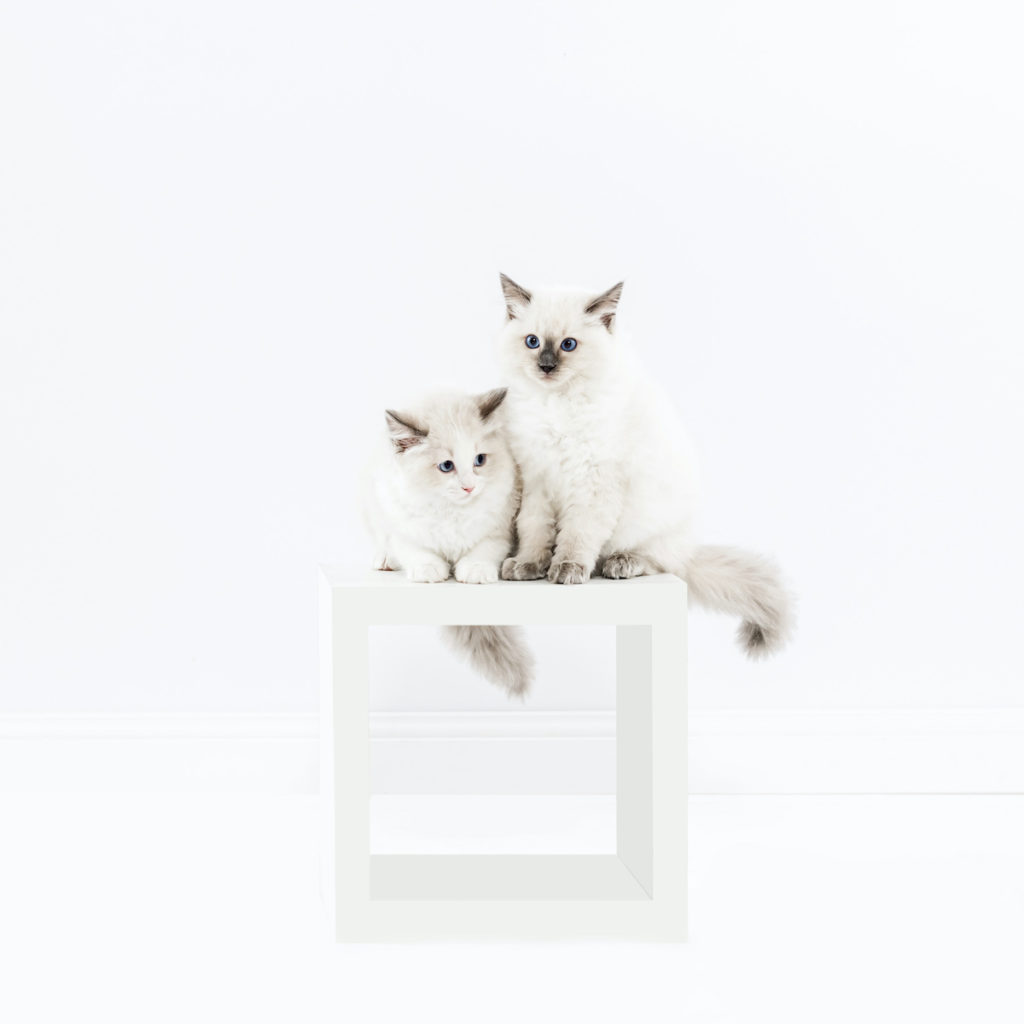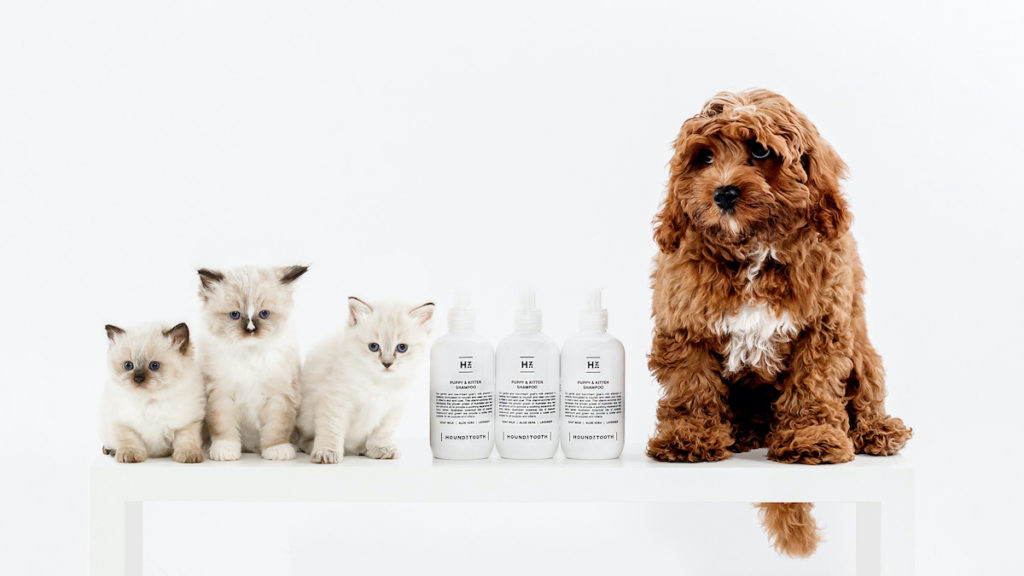Grooming and Coat Care For Your Cat

Many of you wouldn’t use anything else but our natural dog shampoo. Did you know that our Australian-made products are also suitable for cats and kittens, too? Our Puppy & Kitten Shampoo is the perfect naturally-derived shampoo for grooming your feline friend.
Carefully formulated with lavender, green tea and cedarwood essential oils as well as aloe vera, goat milk and almond oil, this gentle, low-irritant shampoo creates a calming experience for your cat or kitten’s sensitive skin.
Cat grooming checklist
In order to make grooming an enjoyable experience for your cat or kitten, it’s important that you start early. Gently introducing them to regular brushing or bathing while they’re young will help them adapt and get comfortable with the process.
When it comes to grooming your cat or kitten, we recommend:
- Brush your cat or kitten regularly to prevent tangles and minimise furballs.
- Bathe them with a natural pet shampoo & conditioner to remove any additional dirt or debris that they can’t clean themselves.
- Check their ears for excessive ear wax or signs of infection, which could be presenting itself as a bad smell or constant scratching of the area.
- Check their teeth and gums to prevent plaque, bacteria or debris buildup, all of which can result in serious infection.
- Trim their nails to save your cat the pain of a broken claw, and to save your furniture from becoming tattered.
If you are not comfortable with any of the above, we recommend taking your feline friend to a cat groomer or veterinarian to handle these grooming and health checkups for you.
Brushing your cat or kitten
The type of brush or comb you use will vary depending on the coat type of your cat.
For short-haired breeds like the popular Domestic Shorthair, a fine-toothed flea comb or soft bristle brush will suffice. For medium and long-haired breeds like the much-loved Maine Coon, select a wider comb or longer brush to get the job done.
Long-haired cats will benefit from being brushed once a day, whereas short-haired cats can be brushed once a week. Before brushing begins, make sure that your cat or kitten is relaxed. Always be gentle as you comb with the grain and then against it.
As you brush your feline friend’s fur, be sure to offer them treats as a reward. Our 100% Australian salmon treats are suitable for cats and can be broken down into smaller pieces that your cat will love.
Removing mats or tangles
You should be able to remove a minor tangle or recently attached burr with gentle brushing. However, if left to their own devices, minor tangles can transform into mats that become difficult to brush out.
To tackle a seriously tangled or matted area, you will need to approach it with incredible care and gently cut the clump of hair from your cat or kitten’s coat.
If the mat is severe and you are concerned about hurting your feline friend, we recommend seeking professional help from a vet or reputable groomer to detangle the problem area for you.
How to bathe your cat or kitten
Our feline friends have an excellent grooming regime of their own, but sometimes they need a little help to remove excess debris.
Remember that some cats don’t take to water well and can find bathtime stressful. By getting them accustomed to the experience from a young age, they will be more likely to tolerate bathtime in the future.
Follow these bathtime steps

- Make sure that your cat is relaxed before bath time begins. Be gentle and reassuring towards them throughout.
- Fill up the bath or laundry sink with a small amount of warm water.
- Use a spray bottle, sponge, water pitcher or handheld showerhead to gently soak your cat or kitten’s coat from shoulders to tail. Avoid their head and face area entirely.
- To wash your feline’s face, simply use a damp cloth.
- Apply a small amount of Puppy & Kitten Shampoo to your cat’s coat and gently massage it into their body, legs and tail.
- Once lathered and cleansed, rinse the shampoo thoroughly from their skin and coat.
- Remove your cat from the tub and gently dry them with a towel.
- Reward them after bathtime with a game or kitty treat.
To spot clean or remove a stain from your cat or kitten’s coat, we recommend using Frankie & Felix’s Blend No.5 Waterless Shampoo. With no rinsing required, it’s safe to use on cats and can save you the hassle of bathtime.
Groom your cat or kitten with gentle care

Whether you’re brushing or bathing your feline friend, remember to always be gentle and make it as soothing an experience as possible. Keep in mind that medium and long-haired breeds will need more grooming and bathing attention than their short-haired friends.
Regular grooming of your cat or kitten will not only keep their coat in good health, but it can also become a positive bonding time for you both.
